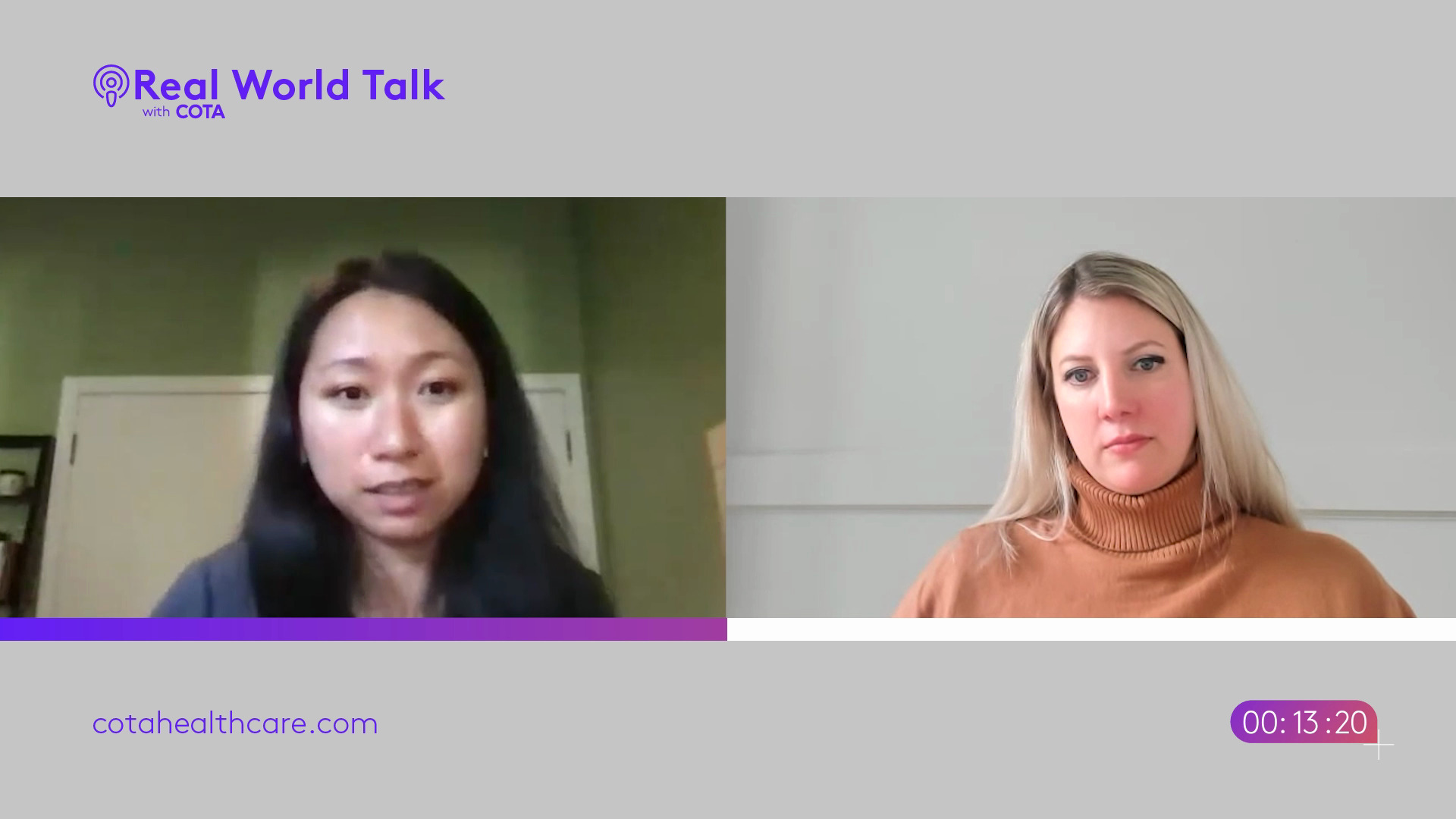The Past, Present, and Future of Real World Data in the Pharma Industry With Karla Feghali of Deloitte

Subscribe on your favorite platform:
Summary
Real world data is changing the pharma industry and allowing companies to maximize value while minimizing the time and money spent. In addition, technology is evolving, and new methodologies are being developed, all of which contribute to the change. However, we still need to work on things such as diversity and inclusion.
In this episode of Real World Talk, we are joined by Karla Feghali of Deloitte. Karla discusses the recent report her company published and the impact it has on the space.
In addition, Karla and our host Zoe Li discuss the latest data-related trends in the pharma space and what it takes for pharma companies of all shapes and sizes to rebuild trust in underserved populations and introduce them to drug discovery studies.
Highlights
[00:39] Introduction — In the first minute of the podcast, Karla explains how the idea of Deloitte reports came about. She discusses her role and what led pharma companies to become interested in the surveys her company conducts.
[13:36] AI can improve our industry, but we must learn about its capabilities and limitations — Artificial intelligence and machine learning seem like buzzwords, but they are not. On the contrary, they carry a lot of potential, but companies must acknowledge that AI and ML are not magic wands that will solve every problem in the blink of an eye.
[18:28] We must use various data sets to create a 360-degree picture — Such an approach includes data from various aspects of a patient’s life, such as socioeconomic status, purchasing habits, and power. Combining these, Karla says, helps companies create better models for determining how to best target and approach different patient populations and improve trial diversity.
[20:51] But, if we want trial diversity, we must bring it to the table — It goes without saying that you must initiate the conversation if you want inclusion. There are a considerable number of unserved or underserved populations. But change is a two-way street. Pharma industries (and society in general) must make the first move and build or rebuild trust with these groups.
[11:15] We must be able to use data to help patients go through the treatments as smoothly as possible — The pharma industry uses data to improve drug discovery. But the trials must be based on the notion that it’s our job to meet patients where they are and enable them to continue with their lifestyle despite the treatment and not force them to change it because they have to fight the disease, explains Karla.
Key Points
- Pharma companies recognize that they need to have an enterprise approach to real world data and the capabilities around it. As a result, we see a holistic approach to data throughout entire organizations and different levels of the pharma industry. ”It’s been used in pockets for years. But what we’re finally starting to see is a combination. So, you have leadership pushing and allowing for the use of real-world data. You have the FDA giving guidance and support. You have the quality of data improving as well, and the technologies that go along with all of that.”
- Always ask yourself: Do we need this particular data? You can have high-quality data, but you must determine whether it makes sense for your organization to use it and invest in that trial. ”Understanding the competitive landscape, like, ‘What other drugs are on the market. Are they successful?’ […] There are like 10,000 oncology trials. So if your inclusion-exclusion criteria are extremely similar, you’re fighting for the same patient population. And so, understanding, ‘Does it make sense to run this trial? Are you going to be able to run it? Could you augment the trial and use an external control arm for it as well?’ There are a many ways to measure ROI with that.”
- We need to introduce inclusion in medical trials. The subject of diversity must go beyond conversations. Instead, we must take action and enable underrepresented groups to participate in clinical studies. It is the only way for pharma companies to properly serve entire communities. However, the change will take some time. ”You have to account for certain biases in the data set. In addition, understanding the impact of starting diseases on those patient populations and designing your trials to be inclusive of that diverse population [is one thing]. But to get that population involved in trials will take some time because there’s a significant distrust in the system because of many years of history that has happened to that patient population, and you can’t blame them [for that]. So it’s going to be a lot of rebuilding that trust, and it’s going to take more than just pharma.”
